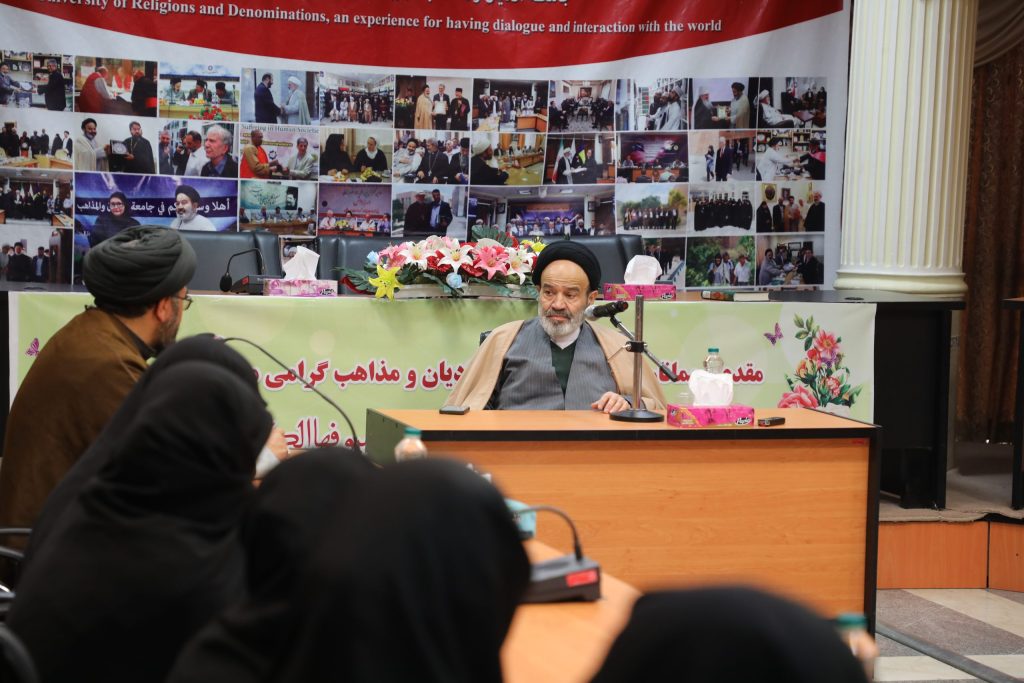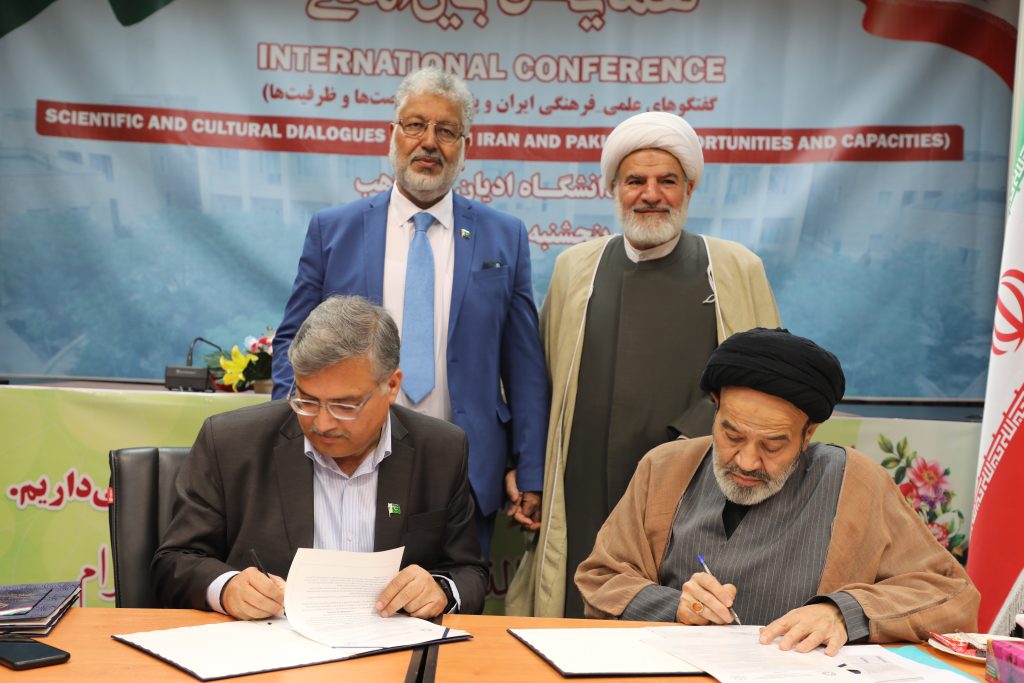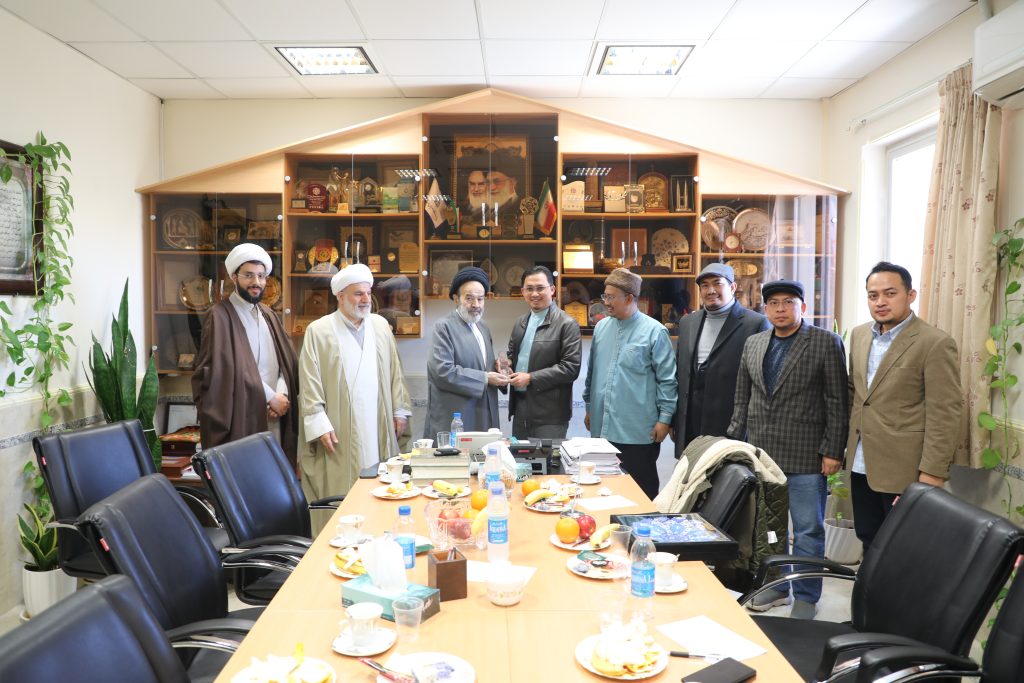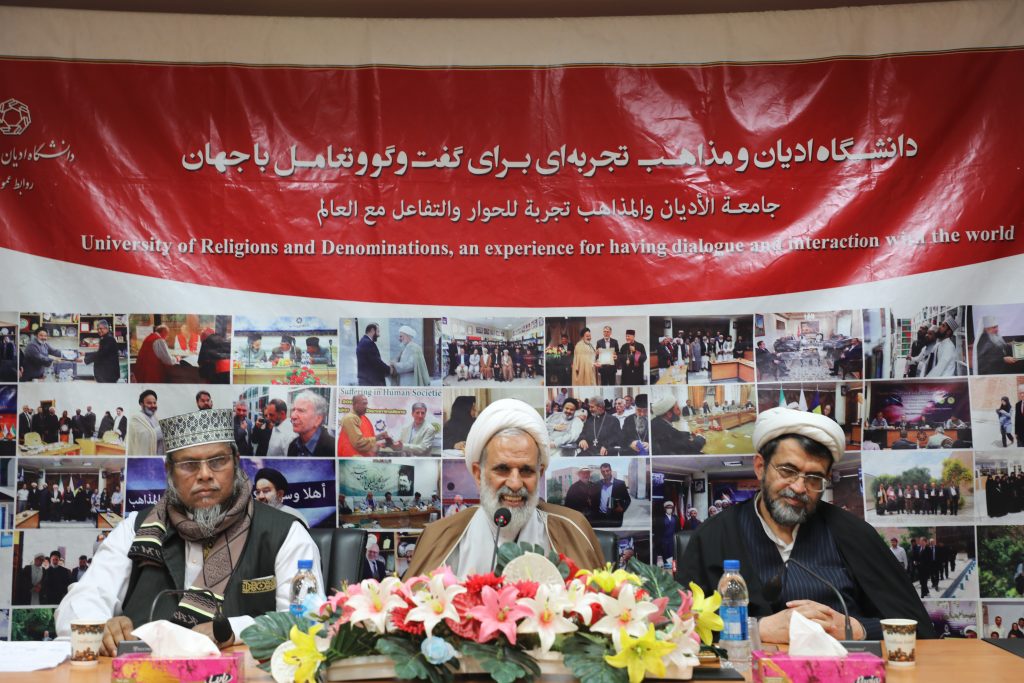URD Publishes its First English Volume: Mani’s Living Gospel and the Ewangelyōnīg Hymns

Mani’s Living Gospel and the Ewangelyōnīg Hymns, by Mohammad Shokri Foumeshi is published by the University of Religions and Denominations, as its first English volume.
The book with the full title of “Mani’s Living Gospel and the Ewangelyōnīg Hymns: Edition, Reconstruction and Commentary with a Codicological and Textological Approach Based on Manichaean Turfan Fragments in the Berlin Collection”, is actually the doctoral thesis of the author who has graduated from FU in Berlin.
In Foumeshi, s work 25 fragments of Mani’s Living Gospel and the Ewangelyōnīg hymns (The hymn of the Gospel), discovered in the Turfan Oasis in the early 20th century, preserved in the Berlin Turfan Collection have been studied.
According to Dr. Foumeshi some of the fragments have already been published by other scholars, but only the work presented here aims at finalizing the work begun by others, as he was able to identify new fragments and with their help, was able to complete the fragments available. The combination of the new fragment M5439 with the previously published M17, the former completing the latter, proved to be one of the most important examples for his research on the Middle Persian version of Mani’s Gospel.
Fumeshi said: “I was able to reconstruct and conclusively join two of the already published fragments of the Ewangelyōnīg hymns with the help of two new fragments. I also attempted in the scope of this work, to present an identification of several other fragments that were probably part of Mani’s Gospel.
He also added: “to accomplish this, I analyzed all the Gnostic-Christian and Iranian sources in depth, and contrasted them with the Manichaean documents, both Iranian and non-Iranian. Thus I was able to present new suggestions and was likewise able to prove or disprove prior assumptions made by others about Mani’s Gospel. To ensure a deeper understanding of the Gospel and the Ewangelyōnīg hymns, I added a few explanatory chapters and paragraphs to this dissertation that mainly deal with the inner and outer structure of the Gospel and serve, as I hope, in establishing a comprehensive relation between the Gospel and the Ewangelyōnīg hymns.
According to Dr. Foumeshi, further research on the Manichaean sources, e.g. the Greek version of the Gospel and the Coptic Synaxeis on the one hand, and the Greek anti-Manichaean sources and accounts by Muslim writers on the other hand, served to deepen our understanding of the content of the Gospel greatly.
Foumeshi also stated: “by incorporating a study of these sources into this dissertation, I was able to close some of those gaps that impeded our understanding of the Gospel. Some important questions pertaining to the alphabetic structure of the chapters of the Gospel and the abecedarian order of the Parthian (Ewangelyōnīg) hymns, I was able to answer in this work.
He continued: “for some hapax legomena, I was able to present a reasonable etymology in this dissertation. This doctoral thesis was not only designed to enlarge our understanding of the Turfan texts by presenting the new texts and reconstructions, moreover the new proposed codicological and textological approaches applied to the texts may serve to facilitate or at least simplify further research in this field.
Mohammd Shokri-Foumeshi is already a scholar of Manichaean as well as Middle Iranian studies and a lecturer at the University of Religions and Denominations.
Table of contents of the volume is as follows:
Chapter One: Introduction
Aim
Material and Content of the Living Gospel and Ewangelyōnīg
Hymns
Outline of the Study
History of Prior Research
Chapter Two: Mani and his Gospel
The Living Gospel and Manichaeism
Position of the Gospel among the Canonical Writings
Names and Epithets
Composition Date
Chapter Order of the Living Gospel
Chapter Three: Living Gospel and Doubtful Fragment
Mani and the New Testament
Sayings of Jesus in Tatian’s Διà τεσσάρων and the Nag Hammadi
Codices
Double-edged Sword: Similarities and Differences
Possible Quotations of the Living Gospel in other Sources: An
Overview
The Paraclete as a Main Point of Issue in the Living Gospel
Not Near but not Far: Jesus’ Sayings and Acts
Citations of the Living Gospel: Some Tentative Suggestions
Chapter Four: Manichaean Turfan Texts of the Living Gospel
Overview and General Concepts
Turfan Fragments of the Living Gospel: Critical Middle Persian
Text and its Alternating Sogdian Version
Text I: M 17
Text II: M 172/I/
Text III: M 644
Text IV: A Newly Recognized Small Fragment: M 5439 [= T II D67]
Text V: An as yet Unpublished Manuscript Page in Sogdian Script
Return to the Verso Side of M 644
Unified Middle Persian Text of the Living Gospel
Commentary
Content of the Living Gospel According to an Unpublished Parthian Manuscript page
Chapter Five: Living Gospel Based on the Non-Iranian Manichaean Codices: Structure and Content
Greek Version
First Fragment: CMC 65, 23-68, 5
Second Fragment: CMC 68, 5-69, 8
Third Fragment: CMC 69, 9-70, 10
A Textological Commentary
Coptic Synaxeis
Chapter Titles
Plain Text
First Discourse (logos)
Other Discourses
Chapter Six: The Gospel in the Non-Manichaean Heritage
Accounts of the Greek Anti-Manichaean Writings
Arabic and Classical New Persian Testimonia
Testimonies
Commentary
Chapter Seven: Ewangelyōnīg Hymns
General Observations
Abecedarian System in the Parthian Hymns
Texts
Text I
Text II
Text III
Text IV
Chapter Eight: Miscellaneous Scraps: Living Gospel and Ewangelyōnīg Hymns
Fragment I
Fragment II
Fragment III
Fragment IV
Fragment V
Chapter Nine: Content of the Living Gospel and the Ewangelyōnīg Hymns: An Overview
Living Gospel
Ewangelyōnīg Hymns
Living Gospel in Context of the ‘Hymns of the Gospel’
Chapter Ten: Glossary of Turfan Texts in this Work
Middle Persian and Parthian
Sogdian
Chapter Eleven: Conclusion




